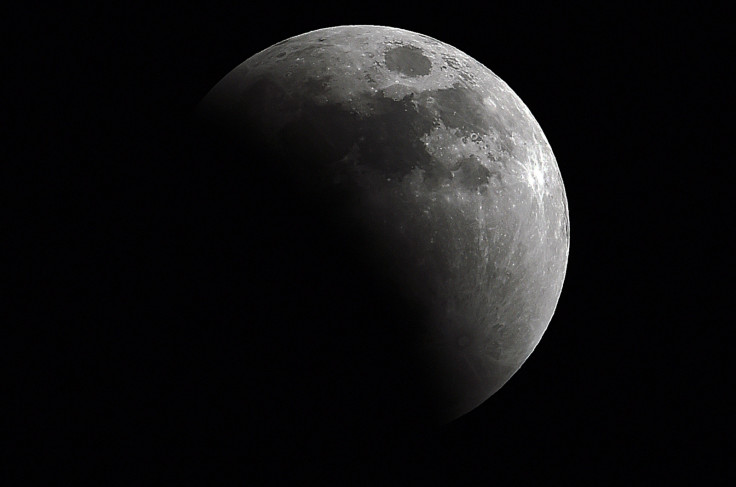Earth's new mini-moon is soon leaving our orbit
Earth's temporary mini-moon is named 2020 CD3.
For days, a mysterious object has joined Earth's orbit and has been circling our planet. The news made it to headlines and created quite an excitement for scientists and astronomers, who have dubbed it to be a "second mini-moon." However, the mystery surrounding the object continues and astronomers believe that further research is required to learn more about it. Meanwhile, new images of the object were released.
The mini-moon was recently given a name 2020 CD3 and was discovered by researchers Kacper Wierzchos and Teddy Pruyne at the NASA-funded Catalina Sky Survey in Arizona on the night of February 15. Not visible to the naked eye, the object, which was previously thought to be an asteroid, roughly measures to a diameter of 6-12 feet.
"Either way this is a very compelling object and needs more data to determine what it is," Grigori Fedorets, the lead astronomer for the observations, said in a statement as quoted by The Independent.
As per the researchers, it is considered to be a big deal because the only other object that was spotted in Earth's orbit was last seen in 2006.
Meanwhile, this object is also believed to be fading away and scientists suggest will soon leave Earth's orbit. Therefore, for further analysis and to understand its origin, scientists are eagerly collecting new data.
"Obtaining the images was a scramble for the Gemini team because the object is quickly becoming fainter as it moves away from Earth. It is expected to be ejected from Earth's orbit altogether in April," said John Blakeslee, head of science at the International Gemini Observatory.
The latest image was obtained by Blakeslee reportedly on Monday, February 24. The picture shows the mysterious object is luminous at the centre.
The astronomers are predicting that similar mini-moon sightings could become more frequent thanks to advanced technologies and telescopes that make it easy to observe small objects in the sky. The Gemini Observatory is working alongside NSF's National Optical-Infrared Astronomy Research Laboratory, which is responsible for the construction Vera C Rubin Observatory in Chile primarily tasked for astronomical surveys.

"We expect to find a population of these objects once the Rubin Observatory is operational," Fedorets added in his statement. "Stay tuned!"
© Copyright IBTimes 2025. All rights reserved.





















